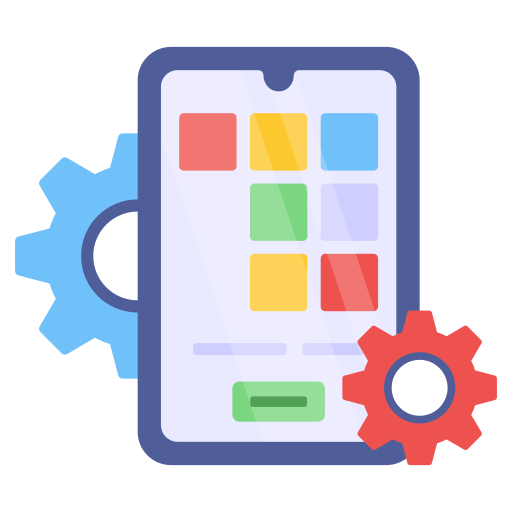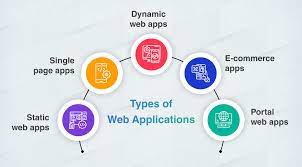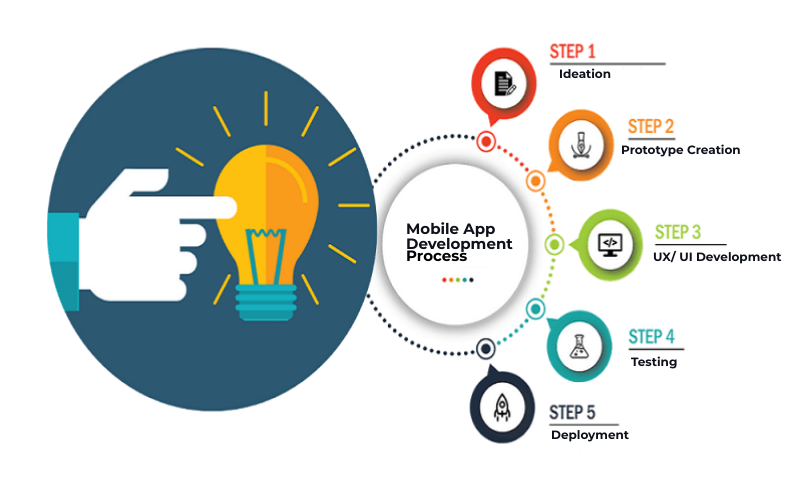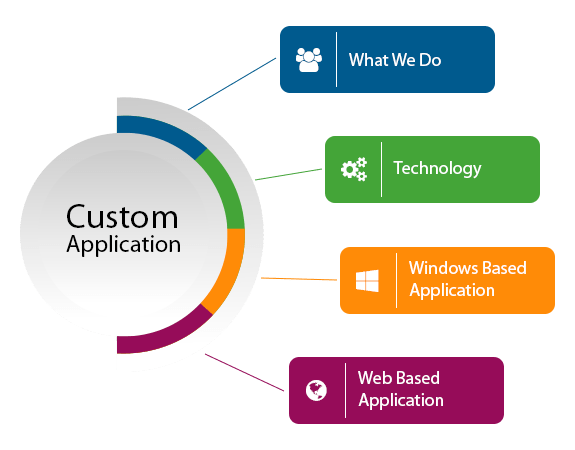Abuzz WebTech Infotech is a leading Web Development Company in Pune delivering high quality web solutions around world for years. We provide the best-in-class website development services in Pune by developing a dynamic and powerful websites .

Static Web Design contains a website with web pages linked to each other using a font or graphics-based logo, and containing text.

Get a Dynamic Website Development For Your business With Modern Design and complex Functions To Take your Business Online

Great design inspires users to take action. Design can humanize brands and help users discover, learn, experience and enjoy--with greater ease.
We offers website design services to give your business a powerful increase and help you in a highly competitive world.
Enquriy NowWe provide the best-in-class website development services in Pune by developing a dynamic and powerful websites . What attract our clients is the budget friendly & high-quality .Net Development services that we offer. Our years of experience in MySQL & .Net has helped us to become one of the top players in the market, offering Web solutions, API integration and so on.
Crafting intuitive interfaces and immersive experiences for optimal user satisfaction the art of UI/UX design

Creating visually stunning websites that rank high in search engines with SEO-friendly design elements.

Designing mobile-friendly websites that seamlessly adapt to any screen size for enhanced user experience.

Transforming PSD designs into pixel-perfect HTML/CSS code for seamless website development.
Websites are designed to adapt and display optimally on various devices and screen sizes, including desktops, laptops, tablets, and smartphones.
Web development involves implementing security measures to protect websites and users' data. This includes practices like data encryption, secure user authentication, input validation, and protection against common vulnerabilities like cross-site scripting (XSS) and SQL injection attacks.
CMS platforms like WordPress, Drupal, and Joomla provide a user-friendly interface for managing website content. They enable non-technical users to update and publish content without requiring extensive programming knowledge.
Application Programming Interfaces (APIs) and web services enable communication and data exchange between different software systems or applications. They allow developers to incorporate external functionalities.
Server-side programming allows developers to handle server-side logic and perform tasks such as database operations, user authentication, and data processing. Popular server-side languages include PHP, Python, Ruby, and Node.js.
Web development involves implementing security measures to protect websites and users' data. This includes practices like data encryption, secure user authentication, input validation, and protection against common vulnerabilities like cross-site scripting (XSS) and SQL injection attacks.

The collaboration between UI and UX design is crucial for creating successful digital experiences. UI design focuses on the aesthetic aspects and the presentation layer, while UX design considers the overall user journey, functionality, and user satisfaction. By combining these disciplines, designers can create engaging, user-friendly interfaces that not only look visually appealing but also provide seamless and intuitive experiences for users, ultimately leading to increased user satisfaction and business success.

Mobile application development refers to the process of creating software applications that are specifically designed to run on mobile devices, such as smartphones and tablets. These applications are typically developed for specific mobile operating systems, such as Android or iOS, although cross-platform development tools and frameworks are also available to build applications that can run on multiple platforms.To facilitate mobile application development, developers often utilize integrated development environments (IDEs) like Android Studio for Android apps and Xcode for iOS apps. These IDEs provide tools and frameworks that simplify the development process, including code editors, emulators/simulators for testing, and libraries for accessing device features and functionalities.

Custom application development refers to the process of creating software applications that are
tailored to meet specific requirements and needs of a particular organization or individual.
custom applications are developed from scratch or built upon existing frameworks and
platforms to address unique business processes, workflows, or user experiencesRequirement
Analysis: This stage involves gathering detailed requirements from the client or
stakeholders.
The development team works closely with the client to understand their specific needs, business
processes, and goals the application should achieve.
Design and Planning:Based on the requirements gathered, the development team creates a
design
and development plan. This includes defining the application architecture, data models, user
interface design, and overall system flow.
Send your requirements for a website, we will research your specification, create a prototype of the website for free and sed a result to you!